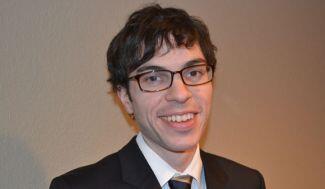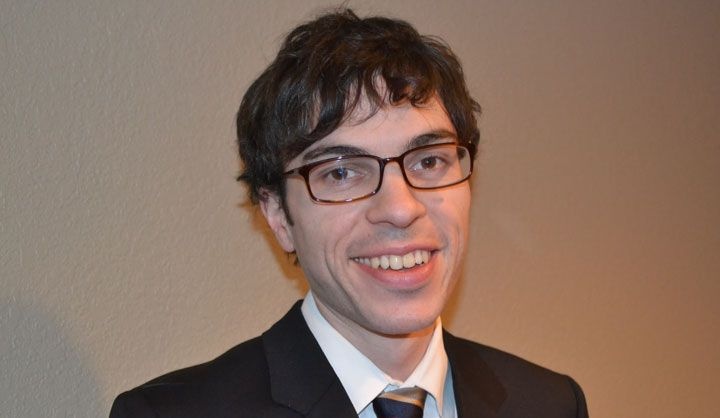- May 8, 2013
- Public Safety
Dr. George Mohler could not have foreseen the deluge that descended upon him at Santa Clara University, shortly after local police adopted his groundbreaking algorithm in July 2011 and media reported that his new software program was taking criminals off the streets.
“TV news crews arrived, The New York Times called, literally hundreds of e-mails, it was an unexpected outpouring,” Dr. Mohler says. “As we quickly discovered, crime-fighting software gets attention.”

From this initial burst of enthusiasm a new company was born – PredPol, short for Predictive Policing. Today, less than two years after Santa Cruz police pioneered the new program, PredPol has 11 other municipal clients, including Los Angeles, Seattle and far-away Kent in the United Kingdom, swelling the ranks of cities that use data analytics to fight crime. In Los Angeles, three divisions currently use PredPol’s software; to date, its algorithm is predicting criminal occurrences at twice the rate of the department’s seasoned crime analysts.
“What distinguishes our software is that it’s easy to use,” Dr. Mohler explains. “Officers can log into PredPol, pull up a Google map, and see where they need to patrol. It’s designed to very simply place officers where they should be throughout the day.”
PredPol’s success dates to 2008, when Dr. Mohler was hired as an assistant adjunct professor of mathematics at UCLA to perform crime analytics research. He began exploring the connection between the patterns of earthquake aftershocks and patterns of criminal behavior.
“It may seem a stretch, but the model of post-earthquake temblors is very similar to that of criminal activity,” Dr. Mohler says. “Criminals want to replicate their successes, they go back to similar locations, they repeat their crimes – it’s almost identical to how aftershocks roll out after earthquakes, following predictable fault lines and timetables.”
In 2010, Dr. Mohler took his seismology theory north to Santa Clara University, where he joined as assistant professor of mathematics and computer science, married and started a family. Then serendipity struck – he met Zach Friend, a public information officer and crime analyst with the Santa Clara police. Friend was intrigued by the potential of predictive analytics; soon he and Dr. Mohler were brainstorming how the latter’s algorithm to track earthquake aftershocks could be adapted for police work.
“We met several times and decided to try for deployment with the Santa Cruz police,” Dr. Mohler says. “I wrote the prototype software and gave it to the police in July 2011. It turns out Zach was a media mastermind – he’d worked in the press office of the 2008 Obama campaign. Once PopSci and The New York Times picked up the story, it was off to the races.”
Today, in addition to his ongoing assistant professorship at SCU, Dr. Mohler sits on PredPol’s board of directors and serves as chief scientist for the company, which employs fifteen.
“I’ve had my car broken into, my bike stolen, I understand what it’s like to feel like a victim. We want to prevent that by placing officers in the right location,” Dr. Mohler says. “Equally important, if you can deter a crime from happening, that’s one less person who has to go through the criminal justice system. If at-risk youth can make it through their teenage years without getting in trouble, it’s a win-win for everyone.”



